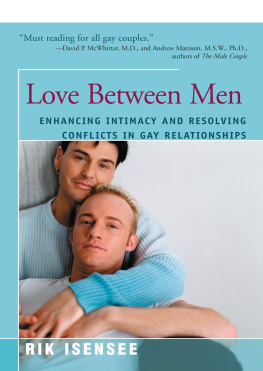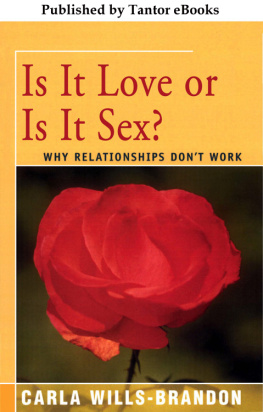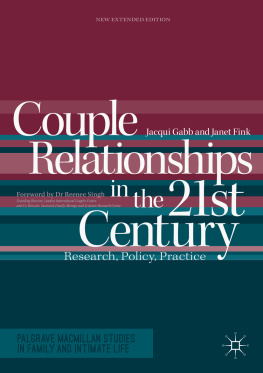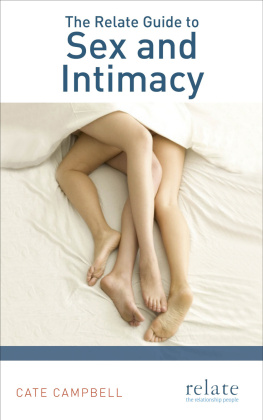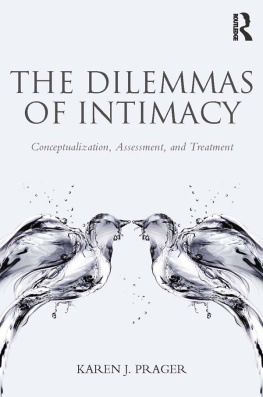Angela Abela - Couple Relationships in a Global Context: Understanding Love and Intimacy Across Cultures
Here you can read online Angela Abela - Couple Relationships in a Global Context: Understanding Love and Intimacy Across Cultures full text of the book (entire story) in english for free. Download pdf and epub, get meaning, cover and reviews about this ebook. year: 2020, publisher: Springer Nature, genre: Home and family. Description of the work, (preface) as well as reviews are available. Best literature library LitArk.com created for fans of good reading and offers a wide selection of genres:
Romance novel
Science fiction
Adventure
Detective
Science
History
Home and family
Prose
Art
Politics
Computer
Non-fiction
Religion
Business
Children
Humor
Choose a favorite category and find really read worthwhile books. Enjoy immersion in the world of imagination, feel the emotions of the characters or learn something new for yourself, make an fascinating discovery.
- Book:Couple Relationships in a Global Context: Understanding Love and Intimacy Across Cultures
- Author:
- Publisher:Springer Nature
- Genre:
- Year:2020
- Rating:5 / 5
- Favourites:Add to favourites
- Your mark:
- 100
- 1
- 2
- 3
- 4
- 5
Couple Relationships in a Global Context: Understanding Love and Intimacy Across Cultures: summary, description and annotation
We offer to read an annotation, description, summary or preface (depends on what the author of the book "Couple Relationships in a Global Context: Understanding Love and Intimacy Across Cultures" wrote himself). If you haven't found the necessary information about the book — write in the comments, we will try to find it.
Angela Abela: author's other books
Who wrote Couple Relationships in a Global Context: Understanding Love and Intimacy Across Cultures? Find out the surname, the name of the author of the book and a list of all author's works by series.
Couple Relationships in a Global Context: Understanding Love and Intimacy Across Cultures — read online for free the complete book (whole text) full work
Below is the text of the book, divided by pages. System saving the place of the last page read, allows you to conveniently read the book "Couple Relationships in a Global Context: Understanding Love and Intimacy Across Cultures" online for free, without having to search again every time where you left off. Put a bookmark, and you can go to the page where you finished reading at any time.
Font size:
Interval:
Bookmark:
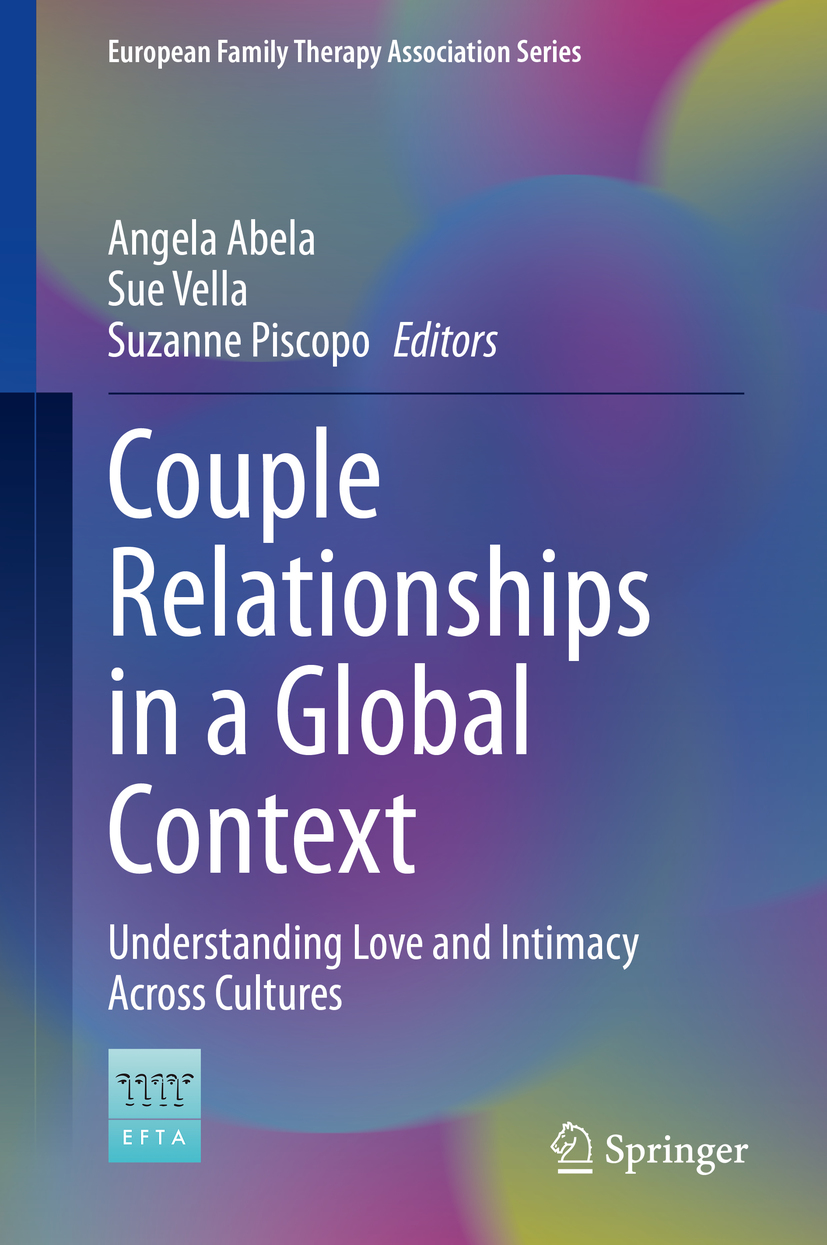
More information about this series at http://www.springer.com/series/13797


This Springer imprint is published by the registered company Springer Nature Switzerland AG
The registered company address is: Gewerbestrasse 11, 6330 Cham, Switzerland
Mario Benedetti, perhaps the most famous Uruguayan poet of love, writes that to be totally, completely, absolutely in love, one must be certain of being loved back, certain of being capable of inspiring love. Whether or not this feeling of mutual and reciprocated absorption of love is universal, it lies at the center of what contemporary love ideals are in many cultures. Even in those contexts where marriage is arranged, the hope is that reciprocal love will evolve in time. Nevertheless, there is a lot more to coupling than love. South Americans like Benedetti have always known that couple relationships are like tangos, complex and passionate dances of closeness and distance, emotion and skill, support and companionship. Far from being islands of love, couples are and have always been part of historical and ecological contexts that make deep incursions into their private lives, incursions largely unacknowledged or unspoken by most. Each couples responses are also deeply shaped by internal processes generated by personal temperaments and individual life histories.
Marriage, or more precisely couplehood, is not a doomed institution as many have prophesied but is, as Stephanie Coontz prophetically affirmed, a transformed institution. All societies are becoming more diverse and multicultural and, in spite of persisting differences, globalization also exposes couples to common themes worldwide. The message of this book for theoreticians, researchers, and practitioners is clear: a couples issues are not inherent simply or only to the couple. Many of the issues, such as power dynamics, the raising of children, and decisions around lifestyle, love, and intimacy are manifestations of the social constructions of the larger cultural groups to which the members of the couple belong. These issues assume different centrality at earlier or at later points in the life cycle of couples, or also appear with poignancy among intercultural couples as they seek shared meaning.
To understand these complexities and work with increasingly diverse forms of contemporary couple relationships, we need comprehensive, multilevel ecosystemic models that encompass micro-, meso-, and macro-processes. Each one of the chapters in this timely and ambitious volume aptly titledCouple Relationships in a Global Contextmakes major contributions to a multidimensional, multilevel understanding of couples in many cultural contexts by embracing both complexity and empathic resonance with love concerns today. Increasingly, diverse social constructions and power inequities based on gender, race, class, sexual orientation, and cultures across the globe are featured in ways that not only enlighten broader sociocultural and sociopolitical influences on a couples wellbeing but also invites self-reflection on the part of practitioners. Reading the pages of this book reminds us about how much our values and beliefs about couples are deeply embedded in our own culture and ecological niche and how unwittingly and yet erroneously we may consider those as normative.
In the development of family systems theory, couples were often seen as a subset of family therapy for which no additional constructs or training were necessary. Once the family was engaged, therapists would slowly and carefully uncover couples problems that needed attention. Today, in many places in the world, couples seek help on their own and most therapists (including individually trained ones) regardless of orientation have a large portion of their practices dedicated to the treatment of couples, perhaps to an even larger extent than to the treatment of families. For many years in the literature of couple and family therapy, advanced interventions assumed a one-size-fits-all universal applicability. In time, cultural perspectives were introduced with pointers about adaptation or modification of those interventions to fit cultural values or beliefs that required knowledge of various ethnic groups. This initial approach could, in spite of its best intentions, border on formulas or stereotypes. Over time, the complexity of variabilities of cultural beliefs, rituals, customs, or identities and the power differentials afforded by gender, race, and socioeconomic class are finally being grappled with.
It is laudable and gratifying that this book invites the reader to find out about these differences and inequities with curiosity and respect and a fresh sense of discovery rather thana prioriknowledge, or a colonizing attitude of cultural competence on the part of the clinician. Instead, the pages of this book open doors to cultural humility. Examples are questioning the usual polarities between individualistic and collectivist cultures; the need to examine dichotomies between arranged and romantic marriages; or the conviction that the legalization of same-sex marriages is sufficient to reduce persistent stigma or the need for alertness to the interaction between social pressures on personal life cycle decisions like a womans age of marriage and newly evolving societal aspirations of a womans more autonomous life course. Instead of simplistic answers, many chapters underscore fundamental changes in the institution of marriage worldwide, but changes that are best described with a both/and approach that may reflect more accurately the coexistence of disparate, and sometimes contradictory values in many couples lives today. Views of marriage in India, France, Ireland, Scandinavia, Arab countries, or others do not remain static; all evolvethough they may differ in the depiction of transitional smoothness versus tense conflict or competing forces between conservative and modern couplehood in areas such as premarital sex, womens roles, informal or formalized love relationships, or acceptance of divorce. In spite of the global spread of womens rights, patriarchy is still alive causing marital power imbalance, an imbalance that presents serious challenges to clinicians trained in modern Euro American values.
Font size:
Interval:
Bookmark:
Similar books «Couple Relationships in a Global Context: Understanding Love and Intimacy Across Cultures»
Look at similar books to Couple Relationships in a Global Context: Understanding Love and Intimacy Across Cultures. We have selected literature similar in name and meaning in the hope of providing readers with more options to find new, interesting, not yet read works.
Discussion, reviews of the book Couple Relationships in a Global Context: Understanding Love and Intimacy Across Cultures and just readers' own opinions. Leave your comments, write what you think about the work, its meaning or the main characters. Specify what exactly you liked and what you didn't like, and why you think so.



